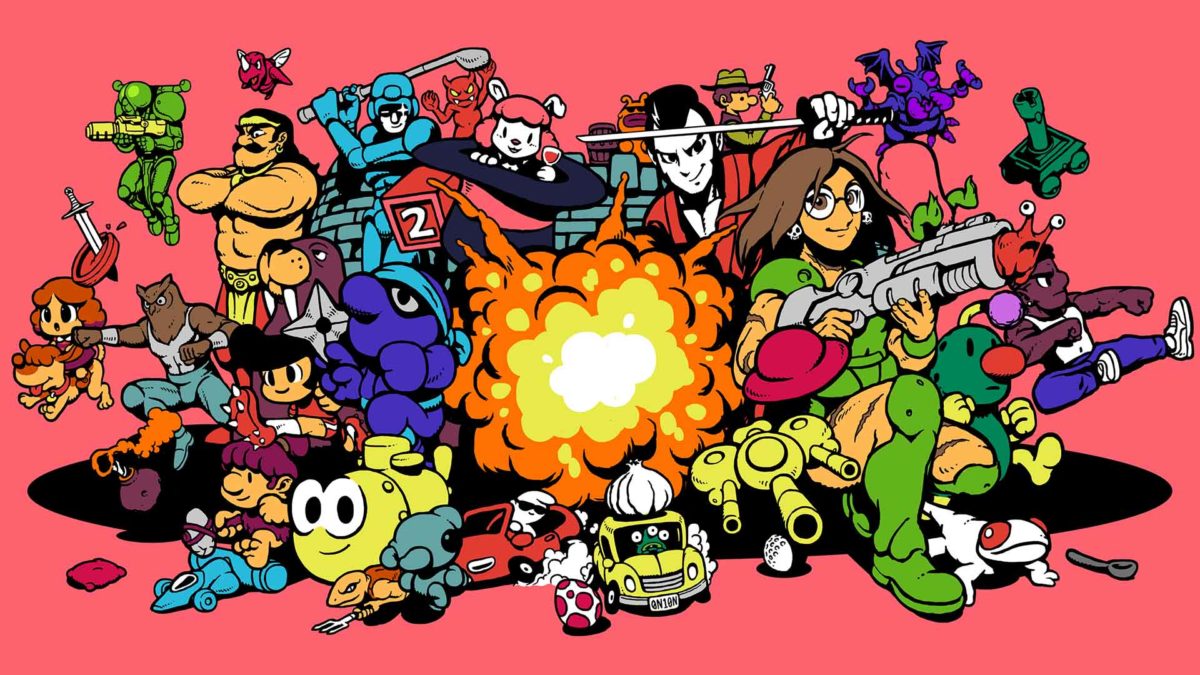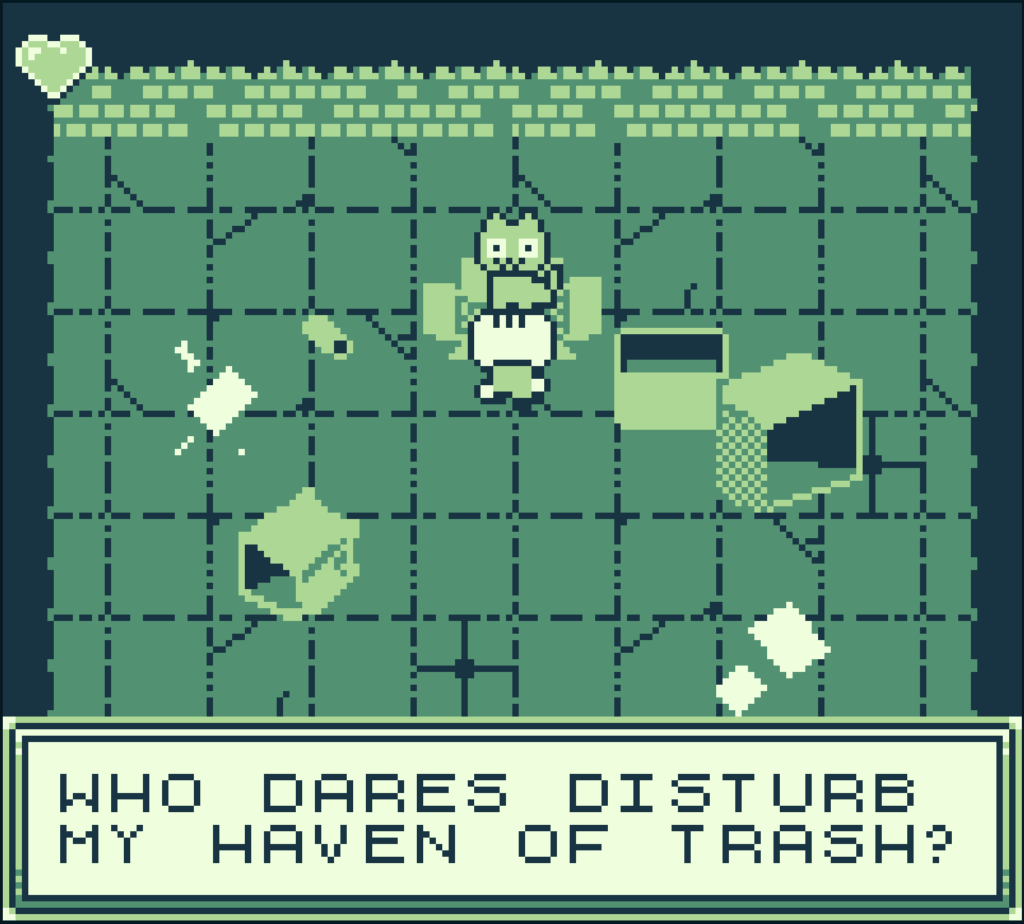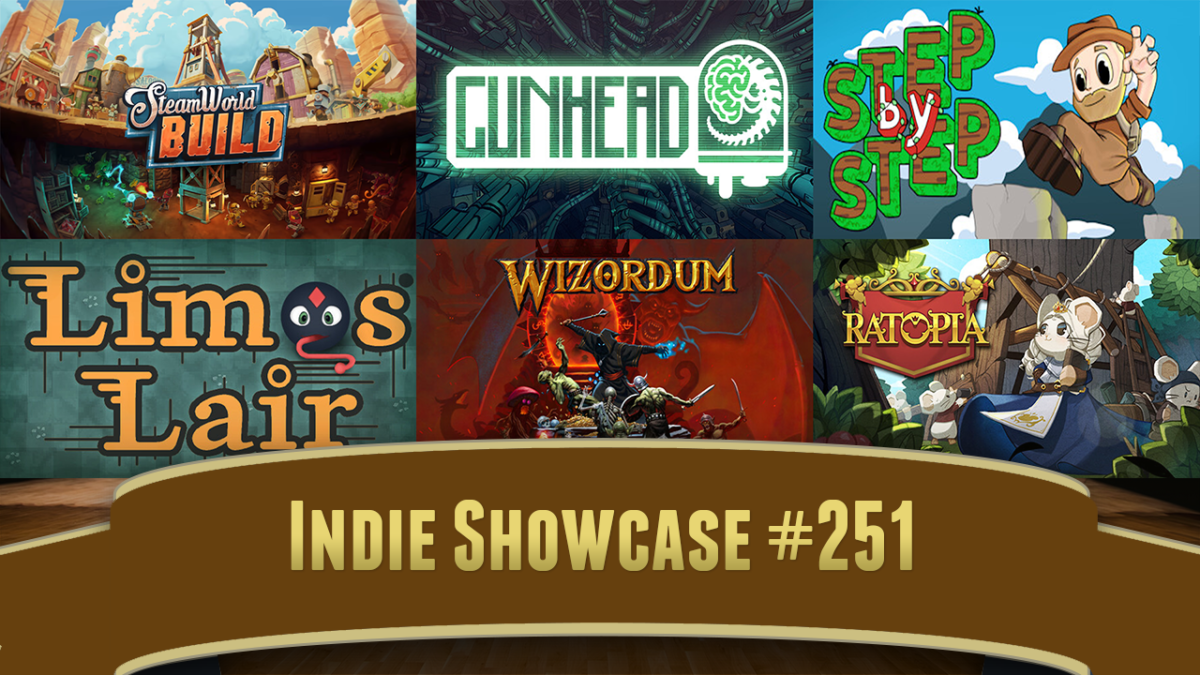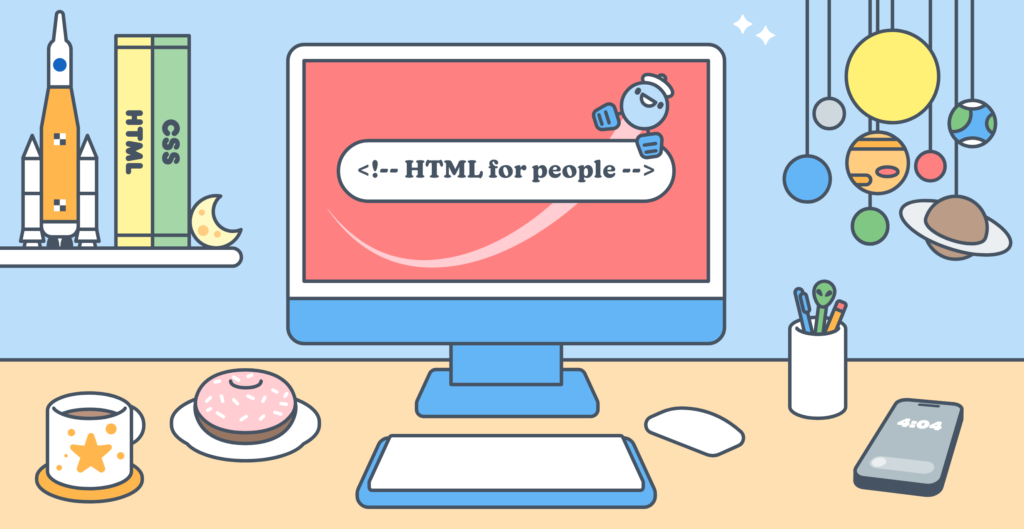We’ve linked the Youtube channel U Can Beat Video Games a number of times here previously. Their posting rate has fallen off a bit lately, likely because they’ve been tackling longer fare. It isn’t a simple matter to construct comprehensive video strategy guides and walkthroughs to lengthy JRPGs like Final Fantasy IV or Dragon Quest II.
While we wait for their next effort-intensive guide, we can watch episodes off Video Games 101, courtesy of Brigands and his other channel Let’s Play With Brigands. It’s been going for a couple of years now, and has tackled some formidable games, including The Adventures of Bayou Billy, Castlevania III and the infamous Battletoads. A particular one to check out is the bizarre Dr. Chaos (1h,7m), a game that’s half janky platforming, half haunted house exploration.
VG101 has a very different vibe from UCBVG. It doesn’t try to be nearly as comprehensive, mostly showing a typical playthough. It doesn’t provide maps or many secrets. But it does have some strategy callouts, mostly provided by their whimsical “TAs,” three side characters who wear silly costumes. The best of these is undoubtedly Fluff, a fairly realistic cat puppet, who lives in a lavish study and smokes a bubble pipe, and who provides interesting trivia about the games being played. It’s worth checking into if you have the time and inclination!






